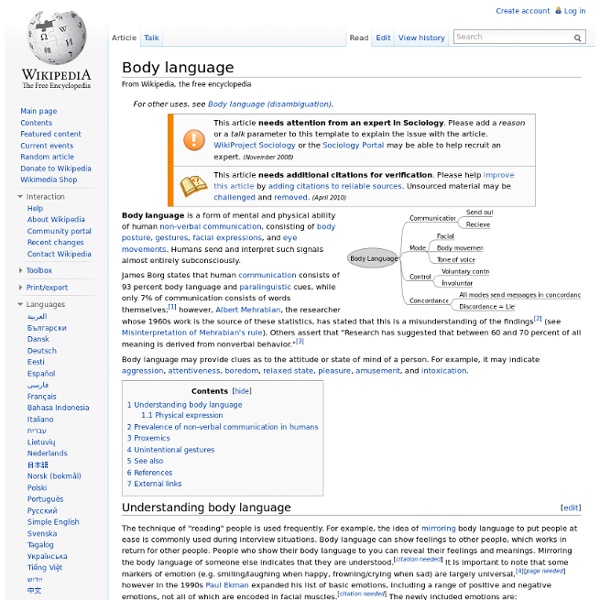Feedback Techniques
The use of feedback If we are to make changes in what we do, we need to know how well, or otherwise, we are doing. Feedback is key in the mentoring relationship, and performs a valuable role in: improving self awarenessenhancing self esteemraising moraleencouraging people to want to learnoffering reassurancemotivationimproving individual performance What is effective feedback? focused on behaviour, not on perceived attitudesfocused on behaviour which can be changedbased on observationobjectivegiven in good time about what the individual did well and what they could do bettergiven in private
Body Language Basics Summary - Syncrat Publishing
Throughout history it has been an advantage if an individual can read body language. Body language helps in everyday life from closing a business deal or trusting someone with your life, to recognising when someone is upset. Body language is the art of making an educated guess at a person’s feelings or intentions based on their posture, movement and positioning.
Micro Expressions - Research, Theory & Lying
Interesting Info -> Lying Index & Body Language -> Micro Expressions Is the show "Lie to Me" for real? I am not a police interrogator, scientist, or other expert...
Active Listening - Communication Skills Training from MindTools.com
Listening is one of the most important skills you can have. How well you listen has a major impact on your job effectiveness, and on the quality of your relationships with others. For instance: We listen to obtain information. We listen to understand.
Body Language - guide to reading body language signals in management, training, courtship, flirting and other communications and relationships
body language index introduction and basics body language definitions background and history
Body Language Signals: Eye Directions, Pupils
Warning! Reading body language is like listening to someone. Listed here are the possible meanings of many different body language signs. To avoid getting it wrong, please start with the short section “How Can You Read What People Think?” at the bottom of this page. The Eyes (Part II)
How to Understand Body Language and Facial Expressions
Think for a moment about how much a person is able to convey with just a facial expression. A smile can indicate approval or happiness. A frown can signal disapproval or unhappiness. In some cases, our facial expressions may reveal our true feelings about a particular situation.
18 ways to educate yourself every day (because nerds are sexy)
“Anyone who stops learning is old, whether at 20 or 80. Anyone who keeps learning stays young. The greatest thing in life is to keep your mind young.” Henry Ford At the start of this year I made a decision that I want to commit to myself to a pursuit of intellect. I’m already a bit of a nerd, so this wasn’t really an alien concept for me, however I quickly realized that in order for me to make educating myself a priority in my life – I would have to make it into a daily habit.
How to Read Someone’s Mind
Reading someone's mind Reading someone’s mind through telepathy has a long and legendary history. But if you want to have this ability too, you may have to rethink what mind reading is. If you envision closing your eyes and having someone from across a stage project their thoughts into yours, so that you can “hear what they’re thinking,” you are out of luck. People claim to be able to do this but they don’t teach their methods to anyone.




Body language can be a problem for people from a different country. What constitutes normal behaviour (how much eye contact, how far apart you stand and the meaning of gestures) vary between cultures and countries. by raviii Jun 18